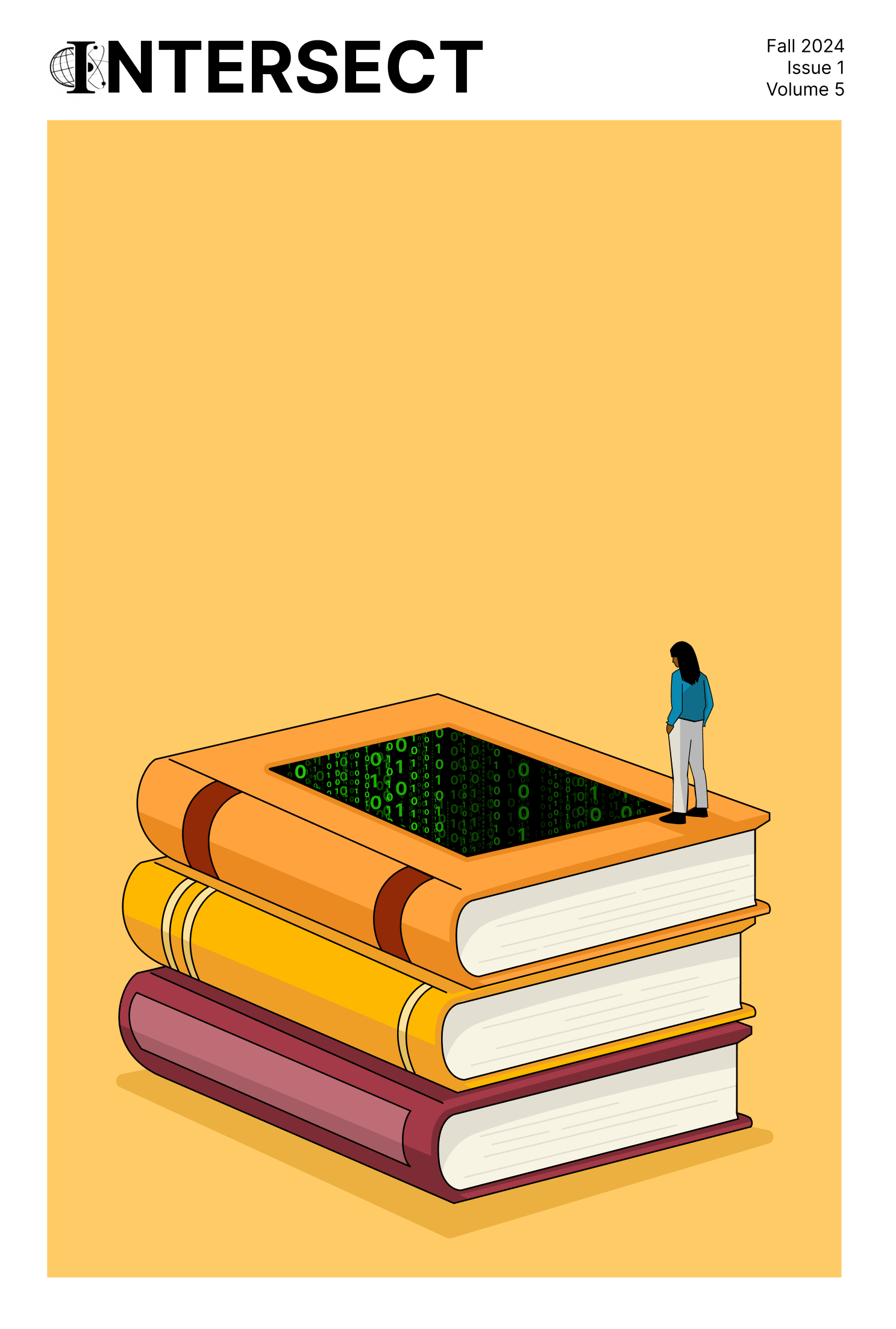Optimizing Solar Panel Installation Sites in New York City: An ArcGIS-Based Analysis of High-Energy Residential Buildings for Enhanced Carbon Neutrality and Clean Energy Goals
Abstract
The New York State Research and Development Authority’s (NYSERDA) "City of Yes" plan aims to modernize New York City by achieving carbon neutrality and cleaner energy by 2050. The purpose of this research is to determine the optimal locations for solar panel installation by analyzing energy consumption and solar output of potential using ArcGIS. The buildings that met the criteria were assessed for the solar capacity relative to their energy use. The study identified the 7 buildings throughout NYC with the highest solar potential: 120-130 Gale Place, 306 Beach 56th St, 875 Pennsylvania Ave, 845 Schenck Ave, 81-26 150th St, 5901 Palisade Ave, and 625 Atlantic Ave. Each of these buildings have the capacity to be entirely powered by solar with the added potential to produce surplus electricity. The study recommends these 7 buildings be prioritized for solar panel installation, as they maximize the excess energy entering the grid and reduce reliance on fossil fuels. Future research should expand to include both residential and commercial NYC buildings using newly acquired data to support these findings.
Downloads
Published
Data Availability Statement
The data that support the findings of my study are the NYC Energy & Water Performance Map at https://data.cityofnewyork.us/Environment/NYC-Building-Energy-and-Water-Data-Disclosure-for-/5zyy-y8am/about_data, and the NY Solar Map at https://www.nyserda.ny.gov/All-Programs/NY-Sun/Solar-for-Your-Home/Customer-FAQs#:~:text=You%E2%80%99ll%20only%20pay%20for,pay%20other%20charges%20and%20fees. The information supporting my findings can be found in the submitted manuscript.
Issue
Section
License
Copyright (c) 2025 Intersect: The Stanford Journal of Science, Technology, and Society

This work is licensed under a Creative Commons Attribution-NonCommercial-NoDerivatives 4.0 International License.
Authors who publish with this journal agree to the following terms:- Authors retain copyright and grant the journal right of first publication with the work simultaneously licensed under a Creative Commons Attribution License that allows others to share the work with an acknowledgement of the work's authorship and initial publication in this journal.
- Authors are able to enter into separate, additional contractual arrangements for the non-exclusive distribution of the journal's published version of the work (e.g., post it to an institutional repository or publish it in a book), with an acknowledgement of its initial publication in this journal.
- Authors are permitted and encouraged to post their work online (e.g., in institutional repositories or on their website) prior to and during the submission process, as it can lead to productive exchanges, as well as earlier and greater citation of published work (See The Effect of Open Access).

